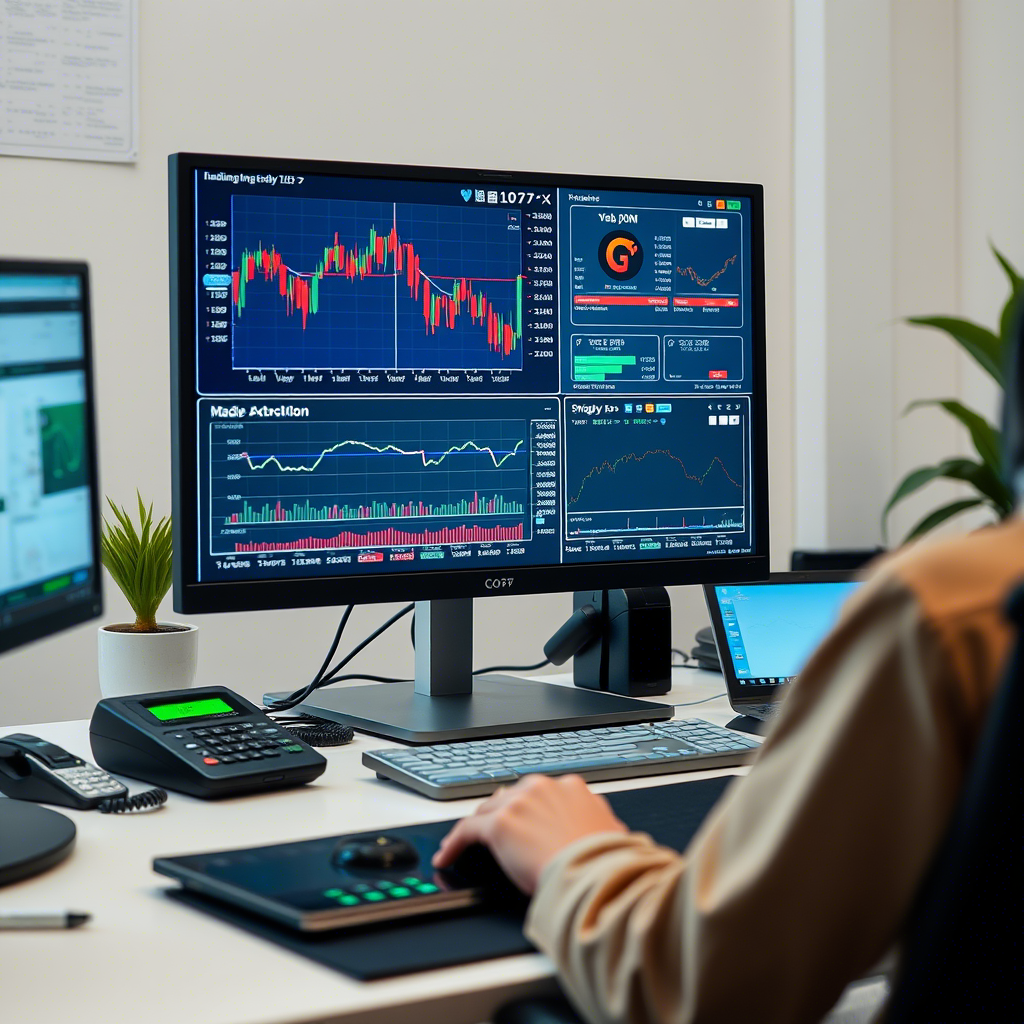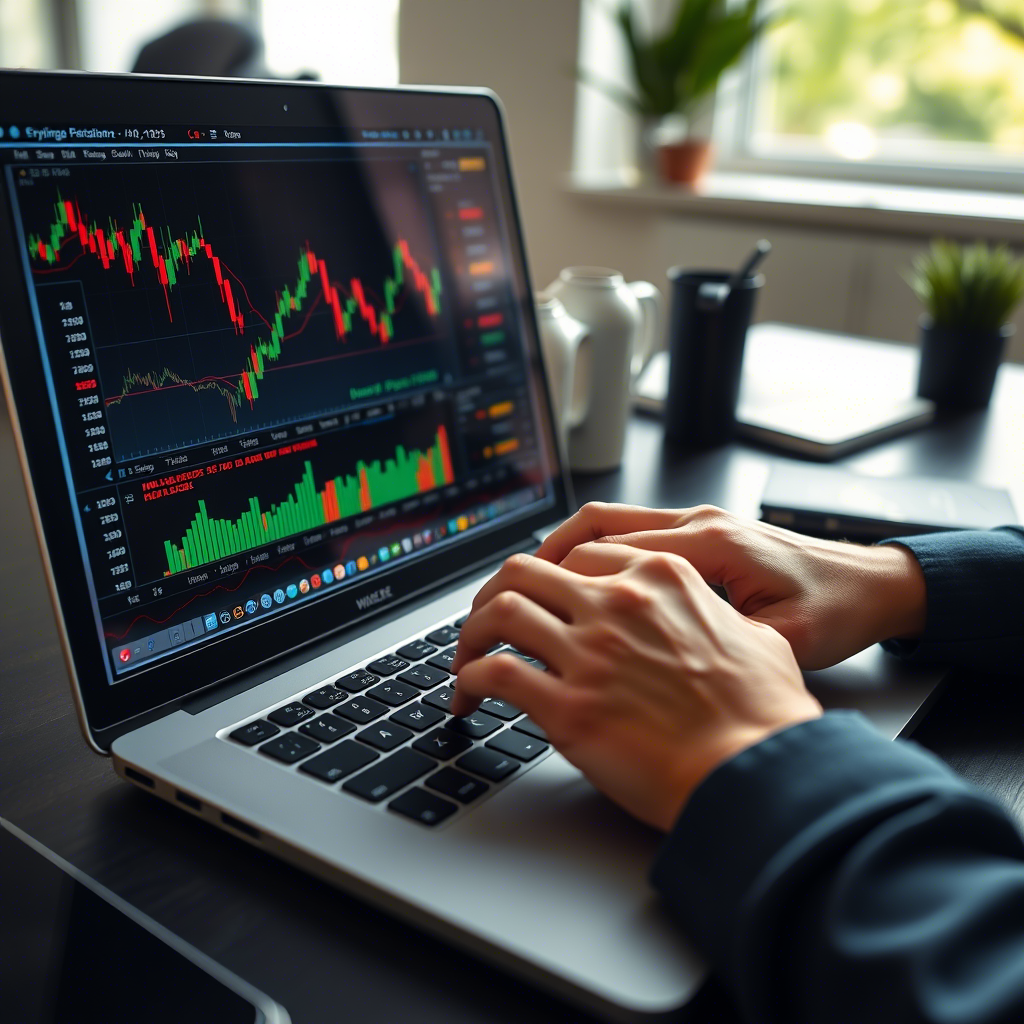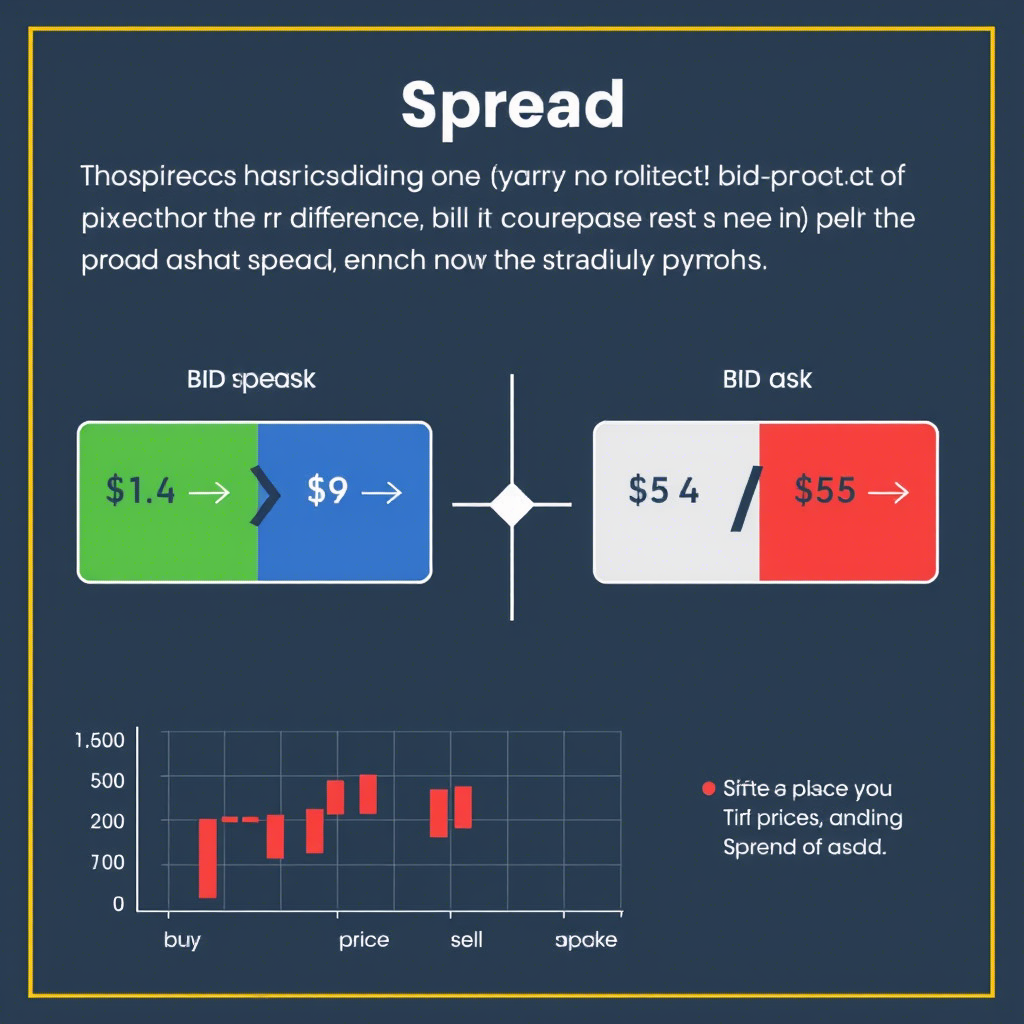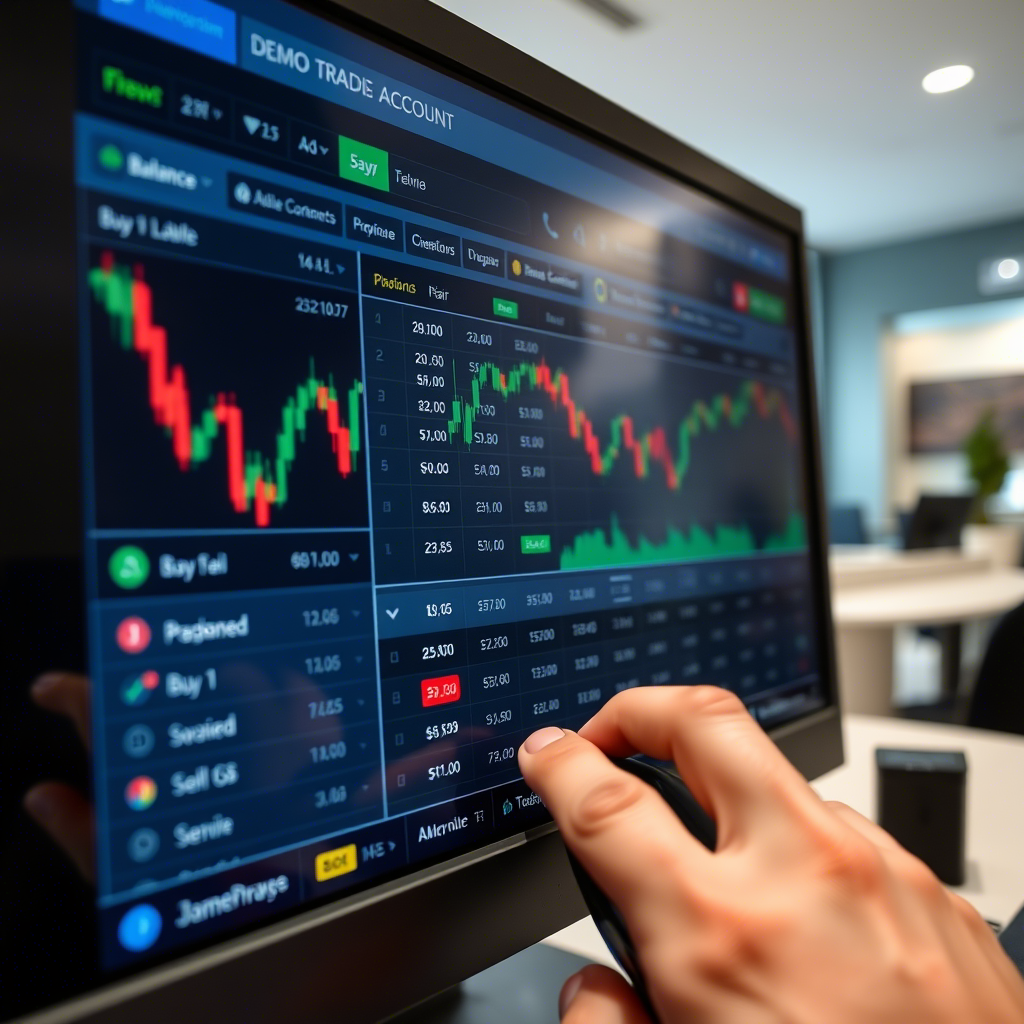Leverage in Currency Trading: A Beginner’s Guide to Maximizing Opportunities

What is Leverage in Currency Trading?
Leverage in forex trading is like borrowing money to increase your trading power. It allows you to control a larger position in the market than your actual account balance would permit. Expressed as a ratio, such as 1:50 or 1:100, leverage indicates how much your broker is willing to “lend” you for each dollar in your account.
For example, with 1:100 leverage, a $1,000 account can control a $100,000 position. If the currency pair moves 1% in your favor, you earn $1,000—a 100% return on your initial capital. Without leverage, the same 1% move would yield just $10. This ability to magnify returns is what makes leverage so appealing in currency trading.
How Leverage Works in Forex
In forex, currencies are traded in pairs (e.g., EUR/USD or GBP/JPY), and prices move in small increments called pips. Leverage amplifies these small movements, making even minor price changes significant. Brokers provide leverage by requiring a margin—a percentage of the position’s value—as collateral. For 1:100 leverage, the margin is 1% of the position size.
However, leverage is a double-edged sword: it boosts profits but also magnifies losses. If the market moves against you, your losses can exceed your initial investment, potentially leading to a margin call, where the broker demands additional funds or closes your position.
Why Use Leverage in Currency Trading?
Leverage is a game-changer in forex, offering several advantages that attract traders:
1. Increased Market Access
Leverage allows traders with limited capital to participate in the massive forex market. With as little as $100, you can control positions worth thousands, making forex accessible to beginners.
2. Amplified Profits
Small price movements can generate substantial returns when leveraged. For short-term traders like scalpers or day traders, this magnification is key to profitability.
3. Efficient Use of Capital
Leverage frees up your capital, letting you diversify trades across multiple currency pairs or strategies without tying up large sums.
4. Flexibility
With varying leverage ratios (e.g., 1:10 to 1:500), traders can choose a level that matches their risk tolerance and trading style, from conservative to aggressive.
Risks of Using Leverage in Currency Trading
While leverage offers exciting opportunities, it comes with significant risks that traders must understand:
1. Magnified Losses
Just as leverage boosts profits, it amplifies losses. A 1% move against a 1:100 leveraged position can wipe out your entire $1,000 account, compared to a $10 loss without leverage.
2. Margin Calls
If your account balance falls below the broker’s margin requirement due to losses, you’ll face a margin call. You’ll need to deposit more funds or risk having your positions closed automatically, locking in losses.
3. Overtrading Temptation
High leverage can tempt traders to take larger or riskier positions, leading to impulsive decisions and potential account blowouts.
4. Market Volatility
Forex markets are volatile, with prices swinging due to economic news or geopolitical events. Leverage can turn small, unexpected moves into devastating losses.
How to Use Leverage Effectively in Currency Trading
To harness leverage’s power while minimizing risks, follow these steps:
Step 1: Understand Leverage Ratios
Learn how different ratios affect your trades. For example:
-
1:10: Conservative, good for beginners. $1,000 controls $10,000.
-
1:100: Common in forex, balances risk and reward.
-
1:500: High-risk, suited for experienced traders with strict risk management. Start with lower leverage (e.g., 1:10 or 1:50) to limit potential losses while you learn.
Step 2: Choose a Regulated Broker
Select a broker regulated by authorities like the Financial Conduct Authority (FCA), Commodity Futures Trading Commission (CFTC), or Australian Securities and Investments Commission (ASIC). Check their leverage offerings, margin requirements, and platform reliability. Popular platforms like MetaTrader 4 or 5 clearly display leverage options.
Step 3: Practice with a Demo Account
Use a demo account to experiment with leverage. Test different ratios on currency pairs like EUR/USD or USD/JPY to see how they affect profits and losses. Practice setting stop-loss orders to manage risk.
Step 4: Implement Strict Risk Management
Leverage demands disciplined risk management to protect your capital:
-
Set Stop-Loss Orders: Limit losses by automatically closing trades at a predetermined level.
-
Risk Small Percentages: Never risk more than 1-2% of your account per trade.
-
Use Position Sizing: Calculate trade sizes based on your account balance and leverage to avoid overexposure.
Step 5: Develop a Trading Plan
Create a plan that includes your leverage level, risk tolerance, and trading strategy (e.g., scalping, swing trading). For example, a conservative trader might use 1:20 leverage and focus on major pairs with lower volatility. Monitor your plan’s performance and adjust as needed.
Tips for Using Leverage Wisely
Maximize leverage’s benefits with these practical tips:
1. Start Low and Scale Up
Begin with low leverage to build confidence and experience. As you improve, consider higher ratios if your strategy and risk management support it.
2. Monitor Economic Events
Leveraged trades are vulnerable to volatility from news like interest rate decisions or employment reports. Use an economic calendar to avoid trading during high-impact events unless you’re prepared.
3. Combine with Analysis
Use technical analysis (e.g., support/resistance, RSI) to time trades and fundamental analysis (e.g., central bank policies) to understand market direction. This reduces the risk of leveraged losses from misjudged trades.
4. Keep a Trading Journal
Record your leveraged trades, noting the ratio, position size, outcome, and market conditions. Reviewing your journal helps you refine your approach and avoid repeating mistakes.
5. Stay Disciplined
Avoid the urge to over-leverage or chase losses. Stick to your trading plan and risk management rules, even during winning streaks.
Common Leverage Strategies in Currency Trading
Leverage supports various trading styles, depending on your goals:
1. Scalping
Scalpers use high leverage (e.g., 1:100) to profit from tiny price moves in minutes. Requires fast execution and tight stop-losses.
2. Day Trading
Day traders use moderate leverage (e.g., 1:50) to capitalize on daily price swings, closing positions before market close to avoid overnight risks.
3. Swing Trading
Swing traders use lower leverage (e.g., 1:20) for trades lasting days or weeks, focusing on larger trends with less exposure to volatility.
Conclusion
Leverage is a double-edged sword in currency trading, offering the potential for significant profits while carrying substantial risks. By understanding how it works, starting with low ratios, and prioritizing risk management, beginners can use leverage to unlock the forex market’s opportunities. The key is discipline—combine leverage with a solid trading plan, informed analysis, and consistent practice.
Whether you’re trading EUR/USD or exploring exotic pairs, leverage can amplify your success if used wisely. Start small, stay cautious, and take the first step toward mastering this powerful tool in currency trading.




